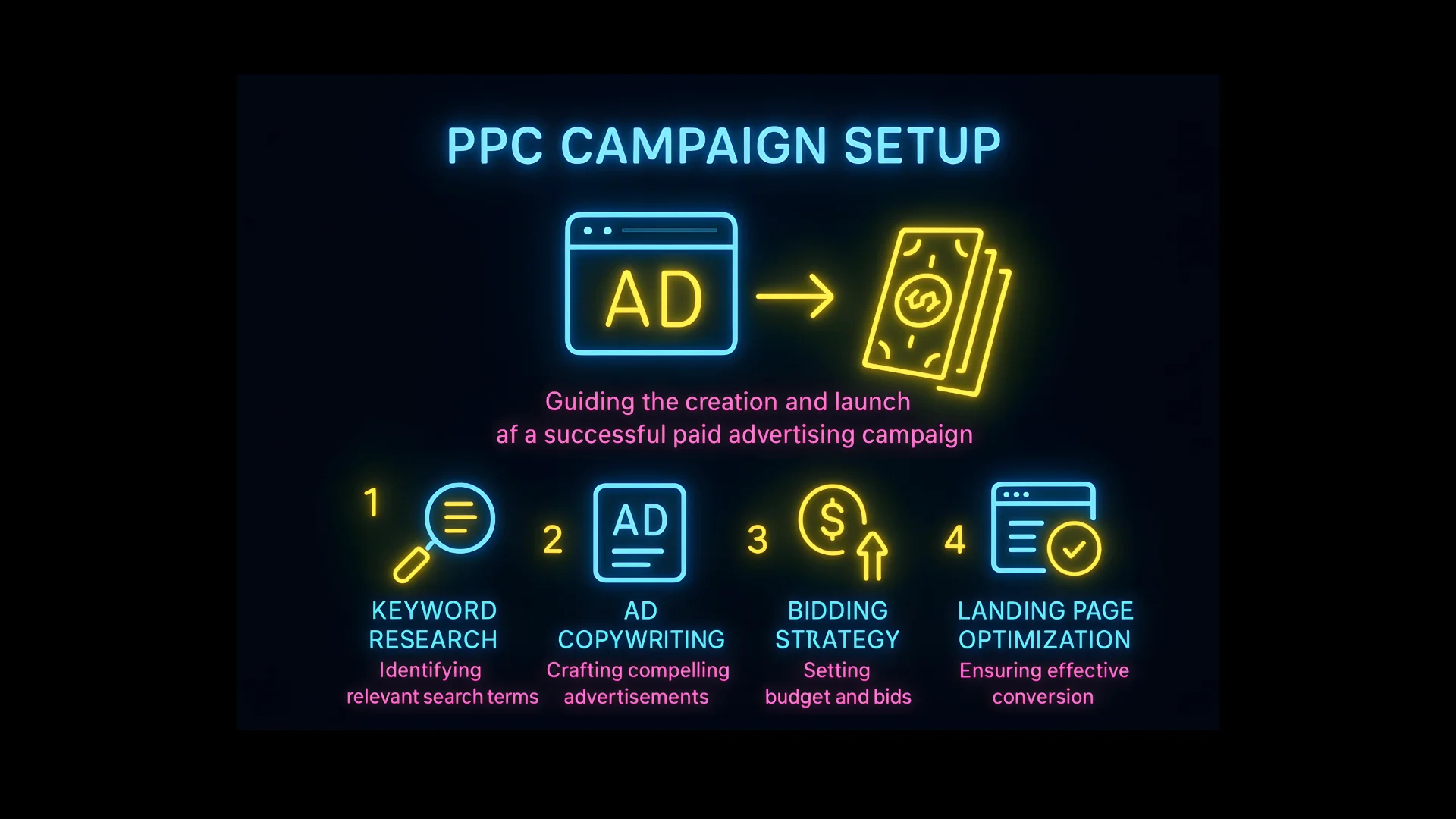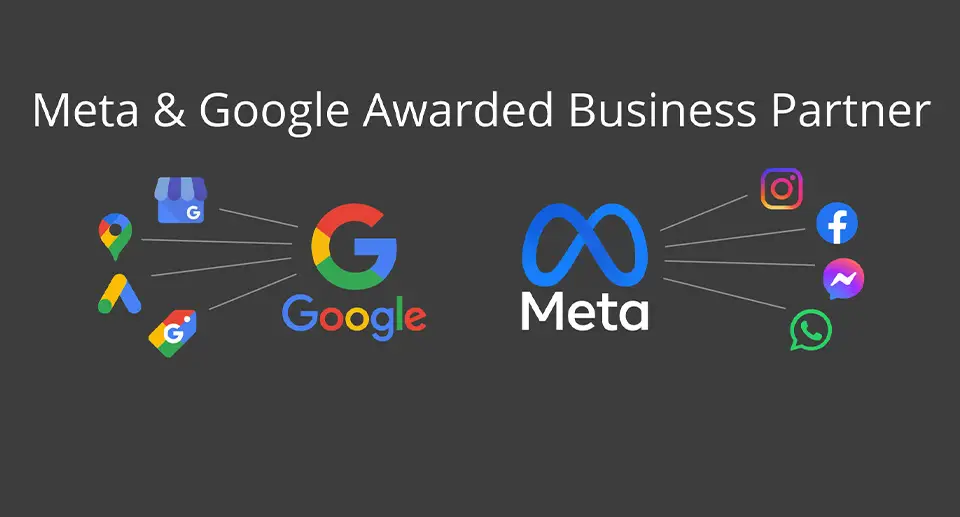If your website has ever lost rankings overnight, there’s a good chance a Google algorithm update was behind it. Google updates its algorithm thousands of times per year, with some changes barely noticeable and others causing major shifts in search visibility. For Aussie businesses relying on organic traffic, understanding how these updates work—and how to respond—can make or break your digital strategy.
What Is a Google Algorithm Update?
In simple terms, Google’s algorithm is a set of rules and processes used to determine how web pages are ranked in search results. Updates to this algorithm are meant to improve the relevance and quality of search results for users.
Some updates are small tweaks, while others—known as core updates—can significantly reshuffle rankings. These updates affect all websites, no matter the industry or location, including across Australia.
Why Google Changes the Algorithm (And Why It Matters)
Google’s mission is to organise the world’s information and make it universally accessible and useful. To do that, it constantly refines how it assesses content quality, authority, and relevance.
Updates are meant to:
- Reward high-quality content
- Penalise spammy or manipulative SEO tactics
- Improve user experience
- Prioritise authoritative, helpful and trustworthy information
If your site isn’t aligned with these goals, your rankings may suffer.
Major Types of Algorithm Updates
Core Updates
These are broad, significant updates that affect how Google evaluates content overall. Core updates often reward sites with strong E-E-A-T (Experience, Expertise, Authoritativeness, and Trustworthiness) while penalising thin, outdated, or clickbait-style content.
Spam & Link Updates
These target manipulative backlink schemes or keyword stuffing. If your site has engaged in link buying, poor anchor text distribution, or spammy guest posting, these updates can result in visibility loss.
Helpful Content & E-E-A-T
This series of updates focuses on rewarding content that genuinely helps users, especially when written by someone with real-world experience in the topic. For example, Google may now favour an Aussie tradie sharing DIY advice over a generic AI-generated article.
How Google’s Updates Impact SEO
Traffic Fluctuations and Keyword Volatility
After an algorithm update, it’s common to see spikes or drops in traffic. Keywords may shift in position dramatically, especially for competitive queries.
Tracking tools like SEMrush, Ahrefs or Google Search Console can help you understand which areas were impacted—and whether the change was positive or negative.
Visibility Loss Due to Low E-E-A-T
If your content lacks depth, authority or credible authorship, Google might demote it in favour of more trustworthy competitors. This is especially important in YMYL (Your Money or Your Life) niches like health, finance or law.
Winners vs. Losers: What Google Favors
Sites that consistently win after updates typically:
- Provide original insights
- Offer good UX across devices
- Have clear authorship and credentials
- Update content regularly
- Use natural language and structure
How to Recover From a Google Algorithm Update
Audit Your Content Quality
Remove or improve low-performing articles. Ensure your content is:
- Written by a subject matter expert
- Up-to-date and free from fluff
- Backed by trustworthy sources
Tools like Surfer SEO and Clearscope can help optimise your on-page structure.
Improve Page Experience and Load Time
Check Core Web Vitals, reduce load times, and improve mobile usability. Aussies are mobile-first—if your site’s slow or buggy, you’re out of the game.
Rebuild Trust and Authority
- Use author bios with real qualifications
- Get featured in reputable Aussie directories or news outlets
- Focus on long-form content that answers specific user questions
Staying Ahead: SEO Best Practices in 2025
To remain competitive, Aussie site owners should:
- Regularly update content based on new data or changes
- Avoid black-hat SEO tactics
- Monitor performance monthly using tools like GA4, Search Console, and BrightLocal
- Stay informed by following updates on Google Search Central Blog
Remember: prevention is better than recovery. Proactive SEO maintenance is far more effective than scrambling after a drop.
Google’s algorithm is always evolving—but so should your SEO strategy. Rather than fearing updates, embrace them as reminders to provide value, relevance and trust to your visitors. The businesses that win are those that consistently serve their audience better than the rest.
Stay helpful. Stay ethical. Stay ahead.








